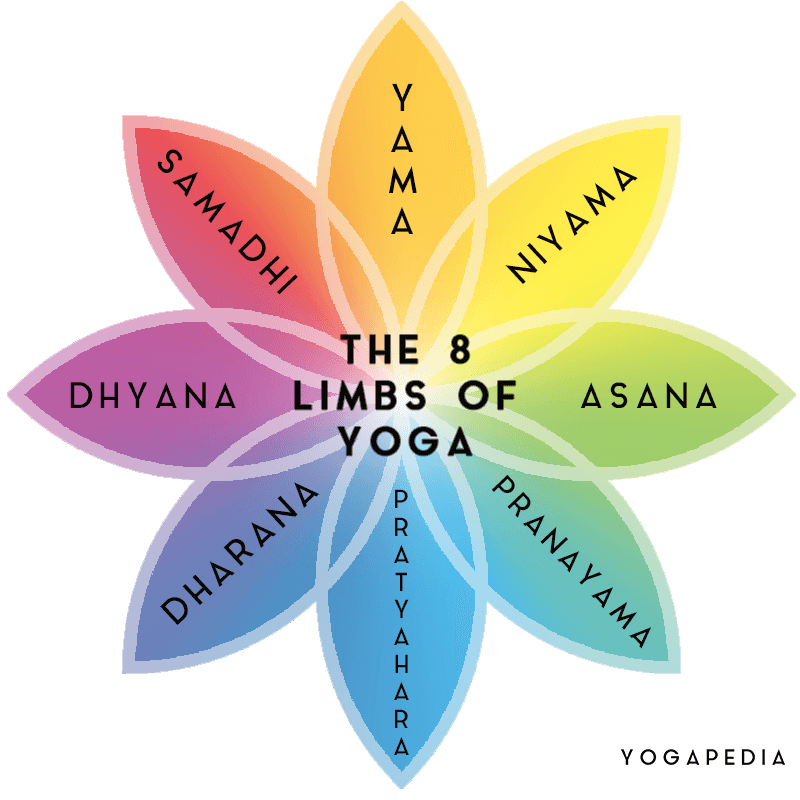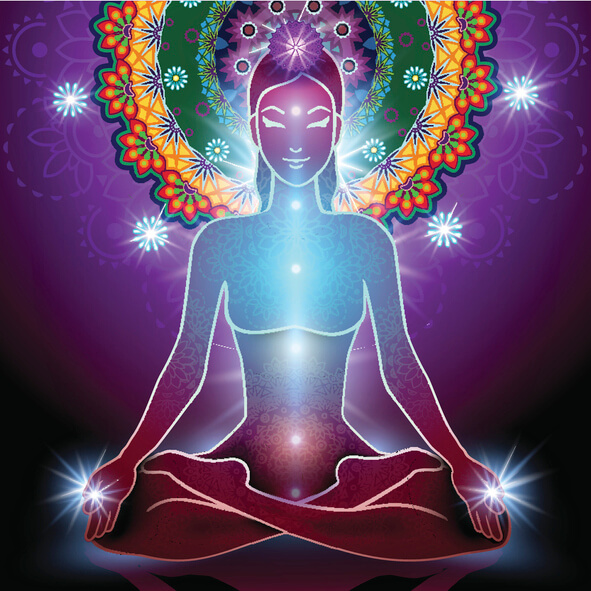Have you come across the book: The Radiance Sutras by Lorin Roche? If you have, then you have encountered an original tantric text!
This book is a translation of the Vijnana Bhairava Tantra, an important text of Kashmir Shaivism. (For more in depth information on such texts, the works of Christopher Wallis and Christopher Tompkins provide original and reliable translations).
Kashmir Shaivism is a non-dualist tradition of Shaiva shakta or the Trika school of tantra. It is not the only tantric path, as there are several lineages.
Although some of their practices may differ, they all have a common aim, which is to dissolve or transcend the body and return to essence.
Some of these lineages include Kashmiri Shaivism, which focuses on love as a spiritual path and is an honoring of Shiva and Shakti the interplay of male and female energies of the universe. (Learn more in Shiva and Shakti: The Nature of These Divine Masculine and Feminine Energies Within Us All.)
What is referred to as Tantra Yoga, is a practice of heightened spiritual states, sometimes using sexual practices and non-attachment. Other types of tantric practices includes:
- Aghori Tantra, which has intense practices, such as meditating in areas where cremation takes place.
- Bengal Tantra of the Baul Mystics incorporates movement, bhakti and Sufi practices.
- Tibetan Tantra incorporates shamanic, and Buddhist practices.
- Taoist Tantra focuses on health, massage, breath, and sexuality.
- Neo-Tantra, which is heavily influenced by the teachings of Osho.
Origins of Tantra
Tantric origins are obscure due to the oral nature of this lineage. It is said that a certain guru, named Sadha Shiva (not to be mistaken for the god Shiva), who lived about 7000 years ago, started the tantric mystical path.
All mystical paths, regardless to what tradition they belong to, have one goal: to merge back into source.
Many associate the word tantra with sex and sexual practices. Tantra’s widespread connection with sex in the West is credited to Pierre Bernard an American philosopher, yogi, and mystic. (Learn more in A Tantra Yoga Interpretation and What to Expect From This Profound Practice.)
Understanding Tantra
To understand exactly what tantra is we must look at the yogic traditions. Today tantra is identified as one of the six traditional types of yoga:
- Hatha: physical, body, and breath
- Raja: meditation and focus
- Karma: action and service
- Bhakti: divine devotion & love
- Jnana: knowledge philosophy
- Tantra: ritual
In ancient times, yoga’s true meaning was to meditate.
In 2016, while researching ‘presence,’ the true meaning of yoga stood out to me while studying the first sutra in the sutras of Patanjali. In verse two, it specifically says that practicing yoga is being present now.
One cannot practice yoga without the now, which means to practice yoga, one must be in a state of meditation.
If yoga is meditation, tantra or tantric yoga, according to the contemporary Sanskrit and tantra scholars, is a style of meditation or a specific way of doing meditation that combines synchronous elements, such as attention, breath, mantra, mudra, and visualization, bandhas and more, to produce the desired outcome. Which, in this case, is transcendence.
Although the definition of tantra is not agreed upon, several seem to agree that it means a technique that weaves. The weaving is that of the chosen synchronous elements. 'Tan,' in Tantra, means expansion or expanding consciousness, while 'tra' denotes liberation or to attain liberation.
To understand this on a deeper level, we can look at the eight limbs of yoga, through which one is to build on each limb. However, they are also to be practiced synchronously. When we realize this we realize that all yoga is tantric in essence.

The Goals of Tantra
The goal of tantra, like yoga, is to transcend one’s crude instincts and become closer to universal consciousness. Tantra recognizes that this is difficult to do, and thus, embraces the urges of the physical body.
This is what distinguishes tantra from many other mystical paths. The acceptance of the whole human.
Tantra yoga is a holistic approach that works with all the levels of the body: the physical, energetic, mental, wisdom, and bliss body. The goal is to clear out obsession and addiction.
So, What is Tantra?
Tantric yoga is any method that works with kundalini energy using any combination of the following practices:
- Asana
- Meditation
- Breathing exercises
- Mantra
- Mudra
- Physical and ritual cleansing
- Visualization of deities
- Yantras
Kundalini
Tantric teachings are based on the draft that the universe is made of male and female energies. Kundalini is actually composed of these two energies. (Learn more in An Introduction to Kundalini Yoga.)
As for the meaning of kundalini in classical tantra, Kundalini is the source of the womb or the goddess herself. It is also the source of language.
There are two kundalini: an upper kundalini that needs to to descend, and a lower kundalini, situated in the base of the spine and associated with the sexual energy, which needs to rise. These two energies are to meet in the central channels or sushumna nadi.

Tantra prescribes practices that facilitate this merger. When this happens rudrashakti samavesha happens, or the immersion into divine energy.
All this to say that tantra is a way to work with kundalini energy, which is said to lie dormant in the base of the spine. The practices are meant to awaken this energy to rise and meet with the descending kundalini, resulting in an awakening of the individual.
The goal of tantra is to purify the body by embracing one’s humanity so as to ascend through it. This assists in dissolving the body back to origin, not by the death of the physical, but by transcendence of the physical.
A Tantric Practice for You to Try
Sit in meditation. Spine stacked and erect, shoulders relaxed.
Take a few breaths from the nose and exhale through the mouth with a sigh. Let the body relax with ever exhale.
When you feel centered, draw the breath in from the nose down into the bottom of the belly. The energy moves down.
Hold the breath for five to eight counts.
As you exhale, focus attention on the third eye and engage mula bandha, visualizing the breath moving into the center channel–the shushumna nadi–and rising up.
Pause at the end of the breath. Repeat this several times.
Once you get proficient you can add and vibrate a bīja mantra with each pause. Aim on the inhale and Om on the exhale.
Sit in meditation after the practice and feel the resonance.
During These Times of Stress and Uncertainty Your Doshas May Be Unbalanced.
To help you bring attention to your doshas and to identify what your predominant dosha is, we created the following quiz.
Try not to stress over every question, but simply answer based off your intuition. After all, you know yourself better than anyone else.